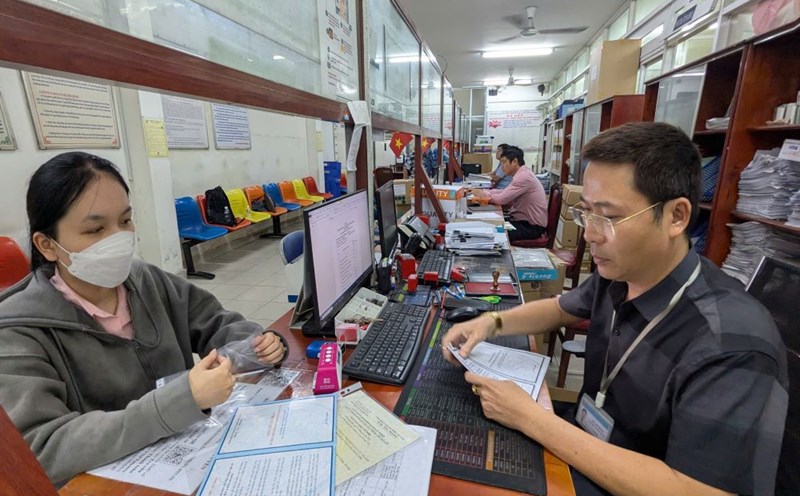After more than 230 years of existence, the familiar US 1 cent (penny) is about to enter a downward trend.
The US Treasury Department has announced that it will gradually stop producing 1 cent of copper from the beginning of next year. However, Americans do not need to rush to liquidate the stack of used change that is sleeping in a glass jar or drawer, because this is still legal money and will continue to be circulating for a long time.
Currently, there are about 114 billion VND/cent in circulation, equivalent to hundreds of thousands of tons of metal. If we gather everything together, they can physically form a cube of height equivalent to 13 floors.
The problem is that many of them are not circulating properly. 1 cent is left in the drawer, scattered under the car, under the bed, or vinh vien in the retail bags at the counter - where people often leave it without taking it back.
"The penny is being used ineffectively," the US Treasury Department admitted.
Lessons from Canada - a country that has stopped making penny money since 2012 - show that the penny does not disappear immediately. For at least the first year, there were almost no significant changes in cash transactions.
In the US, where convenience stores make up to 32 million cash transactions per day, Jeff Lenard - representative of the National convenience Stores Association - said: "Even when production is stopped, the penny in circulation is enough to be used for a long time. The shortage will come slowly.
As the penny from banks gradually runs out, many retailers will start rounding up to 5 cents in cash invoices, eliminating the need to use 1 cent. However, each store will decide for themselves at this time, not by government regulation.
Interestingly, even when production is stopped, penny money is still legal money forever, similar to today's Canada. Customers can still pay in penny if they want, and most stores will accept it.
In the retail industry, there is a saying: Dont lose customers for a penny, Lenard said. I think its more true than ever. If someone wants to pay in penny, the stores will prioritize retaining customers.
The penny has been criticized many times for... spending money to make it itself. The production cost of 1 cent per dong is currently 2 cents higher - a paradoxical economic problem.
In an era where electronic payments account for a large proportion, penny becoming unrealistic. Transactions via cards, e-wallets, or mobile apps are still calculated accurately every cent - meaning that only cash transactions are affected by the " absence" of penny.
So what will happen to 1.14 billion USD? A portion will continue to be used in transactions. Part will be kept forever, like the nostalgic "relics" of the United States. And it is not ruled out that a wave of penny collections as souvenirs or recycled metals will explode.
Although no longer appearing in the money-making line, the penny has not yet "retired", but the end of the life cycle of this iconic currency is approaching.











